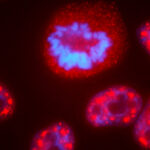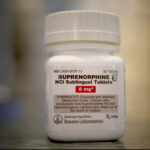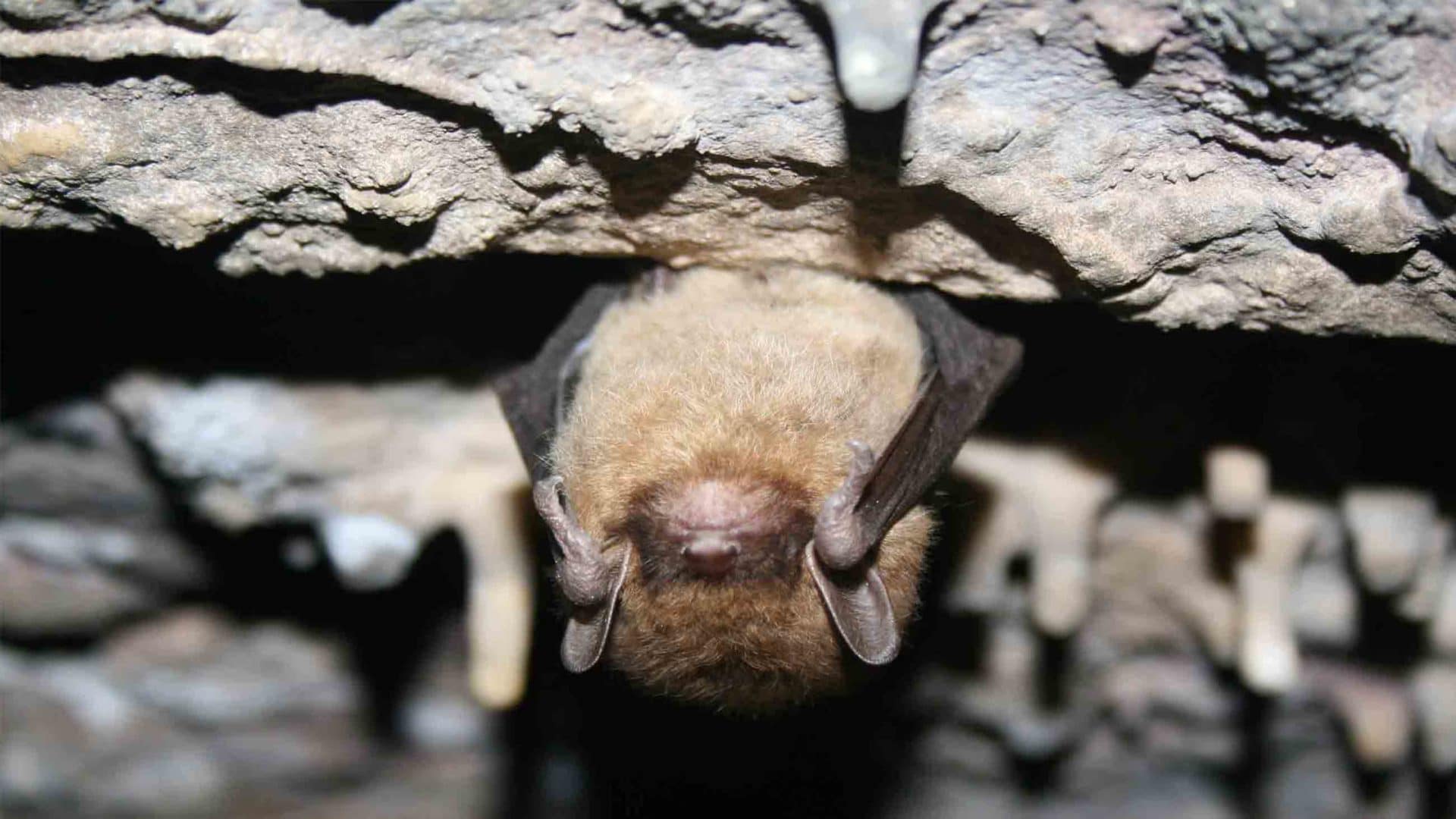Probiotics Could Help Frogs and Bats Fight Wildlife Epidemics
VIEWPOINTS: Partner content, op-eds, and Undark editorials.
Probiotics — microorganisms administered to provide health benefits to the host — seem like the new wonder drug, with some evidence suggesting that they may be an effective treatment for human ailments from gastrointestinal disorders to depression. But disease ecologists don’t think we should stop with humans. They want to see if we can use probiotics to treat diseases in other animals as well.
Except in cases where diseases spread to humans, wildlife epidemics can go largely unnoticed. And yet these epidemics are happening all around us. The deadly chytrid fungus has caused the extinction of 90 amphibian species. White nose syndrome (WNS) has killed more than 6 million bats just in the past 12 years. A bacterium called Vibrio coralliilyticus is bleaching and killing corals from Australia to Hawaii. Now, researchers are using probiotics to help animals fight back.
Probiotics come in many different types with many different potential health benefits. Some have been tested to treat or prevent gastrointestinal disorders like irritable bowel syndrome. Chewable probiotics may help prevent oral diseases like dental cavities. Probiotics applied to the skin may improve burn healing. Beneficial microbes can produce compounds that inhibit the growth of disease-causing bacteria, are anti-inflammatory or improve the integrity of the intestinal wall.
Scientists suspect that some bacteria might be useful in treating wildlife diseases as well. “Lots of bacteria that are out in nature produce different types of chemical metabolites that they can use as chemical warfare against other microbes,” says disease ecologist Valerie McKenzie. “That’s a natural process that’s been happening for as long as microbes have been around.”
McKenzie’s lab at the University of Colorado Boulder studies the amphibian skin microbiome — the many microorganisms, from bacteria to archaea to fungi, that exist (and co-exist if all is going well) in and on animals — with the goal of combating the spread of the deadly chytrid fungus. In 2016, her lab showed that probiotic treatment increased survival in captive toads exposed to chytrid fungus. But taking a treatment from the lab into the field is no simple task.
The efficacy of a given probiotic treatment is likely to be affected by an amphibian’s immune system, its current microbiome and environmental factors like temperature, all of which can vary widely in nature. Even once all of these factors have been taken into account, there’s still the question of when, where, and how to apply the probiotic.
Field trials seeking to answer these questions are underway. And though the concept of a one-size-fits-all probiotic seems attractive, McKenzie stresses the importance of using native microbes in these trials, because nonnative microbial species could harm ecosystems.
After at least 100 years of infecting bats in Europe and Asia, the WNS fungus appeared in a cave in upstate New York in 2006. To this day, no one is quite sure how the fungus ended up there or how to stop its deadly march across North America.
Disease ecologist Joseph Hoyt has been studying WNS since its early days in the United States. He and others at the New York State Wildlife Pathology Unit noticed that they had trouble growing the fungus in petri dishes when it had been taken from certain species of bats like the big brown bat. Knowing that skin bacteria can sometimes prevent the growth of fungi, researchers decided to look at the bacteria they obtained from their samples as well as the fungi.
“We found that there were bacteria growing on these bats that had really strong inhibitory effects on the fungus,” says Hoyt. This turned out to be a species of bacterium called Pseudomonas fluorescens. Researchers then tested whether this bacterium could help protect other species of bats as well. Little brown bats are particularly susceptible to WNS — mortality rates of 90 percent to 100 percent have been seen in some colonies. In laboratory experiments, administration of Pseudomonas fluorescens significantly increased survival of little brown bats exposed to the lethal fungus. Field tests are currently underway, and Hoyt expects results to be available soon.
A coral reef is made up of thousands of tiny coral polyps, and each polyp contains thousands of cells of symbiotic algae. When corals get stressed (by factors like rising temperatures or pollution), they expel their symbiotic algae and turn white — a process known as bleaching. Algae provide coral with important nutrients, so if corals go too long without their symbiotic algae, they will die.
Climate change is a major threat to corals, and this threat is being compounded by the temperature-dependent pathogen Vibrio coralliilyticus. This bacterium has no obvious negative effects on coral at cooler temperatures, but when temperatures climb above 24 degrees Celsius, the bacteria begin to cause disease, resulting in coral bleaching.
Although the coral microbiome is still incompletely understood, scientists do know that microbes play an essential role in the health of corals and their symbiotic algae, potentially affecting their ability to adapt to climate change and resist disease. In a recent paper, an international collaboration that included researchers from University of California Davis and the Federal University of Rio de Janeiro (UFRJ) reported that under laboratory conditions, beneficial bacteria can help corals resist bleaching in the face of increasing temperatures and the Vibrio coralliilyticus pathogen.
This could be a game-changer for coral reef ecosystems. “By using probiotics, we can keep the natural diversity of the reef,” says microbiologist Raquel Peixoto, a visiting professor at UC Davis from UFRJ and the senior author of the study. “It will allow us to keep the corals that are already there — sometimes we’re talking about corals that have been there for decades.”
As with other probiotic approaches to wildlife disease management, the challenge is getting the treatment to work in nature, on much larger scales. Peixoto says the team is currently testing different delivery strategies inspired by techniques used for remediating oil spills, and she is optimistic about their chances for success.
Human activity is directly or indirectly responsible for many wildlife epidemics and has contributed to the spread of disease in amphibians, bats, and corals. Now, researchers from around the world are making it their responsibility to mitigate some of the damage done using probiotics as their unlikely weapon. Beyond these examples, probiotics could be useful in an even wider range of animal diseases as well — preliminary evidence suggests that bacteria could be useful in fighting diseases that plague snakes and bees as well.
Hannah Thomasy is a freelance science journalist.
This article is republished from Ensia under a Creative Commons license. Read the original article.










